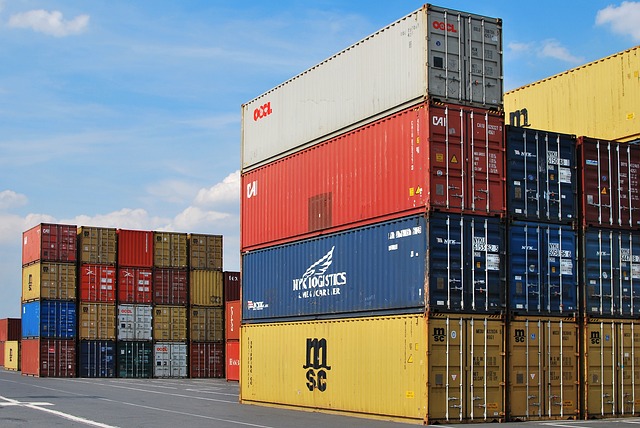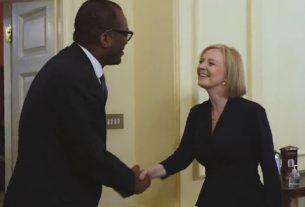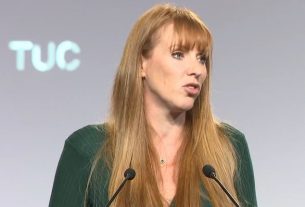The risk of a recession in the US is growing, as escalating tariffs and the ongoing trade war under President Donald Trump threaten economic stability, according to Goldman Sachs. The investment bank has raised its recession probability to 35% over the next 12 months, up from 20%, and warned that the chances of a downturn are increasing due to the shockwaves from the trade war. Goldman Sachs has also revised its inflation estimate upwards and reduced its 2025 GDP forecast to just 1%. Additionally, the bank now predicts an unemployment rate of 4.5% by year-end, an increase of 0.3 percentage points from previous estimates.
While Goldman Sachs believes the US economy might still avoid a recession, the heightened risk is largely attributed to the intensifying trade conflict. The report highlights that the sharp decline in consumer and business confidence is a significant concern. Consumer sentiment, as measured by the University of Michigan’s survey, is at its lowest point in years, with many Americans now expecting unemployment to rise. Inflation expectations are also at their highest levels in over three decades.
Goldman Sachs points out that the economic outlook has become less robust compared to previous years, making the recent dip in consumer sentiment more concerning. Despite the challenges, President Trump’s administration has continued to pursue aggressive tariffs. During his campaign, Trump promised to use tariffs as a primary tool to address trade imbalances, and he has followed through on this, with expectations of even higher tariffs in the near future.
In response to these developments, Goldman Sachs revised its tariff outlook twice within a month. The bank now predicts that the average US tariff rate will rise by 15 percentage points by 2025, a significant increase from the 10-point rise it anticipated earlier. This increase is expected to stem from reciprocal tariffs imposed on US trading partners. While the bank acknowledges that some exclusions may mitigate the full impact, the overall effect of higher tariffs is likely to contribute to inflation and consumer price hikes.
Higher tariffs are expected to have a ripple effect on consumer prices, reducing real income and exacerbating inflationary pressures. Goldman Sachs now forecasts core inflation to reach 3.5% by the end of the year, up from its previous estimate of 3%. In light of these developments, the Federal Reserve is expected to step in with rate cuts, with Goldman Sachs now predicting three rate cuts this year, up from two in its previous forecast.
The administration’s trade policies are creating a volatile economic environment, which could have far-reaching consequences. Higher costs for consumers, reduced confidence, and the uncertainty surrounding future tariffs may stifle business investment and economic growth. The US economy may continue to face challenges as the trade war intensifies, with both businesses and consumers adjusting to the changing economic landscape.




